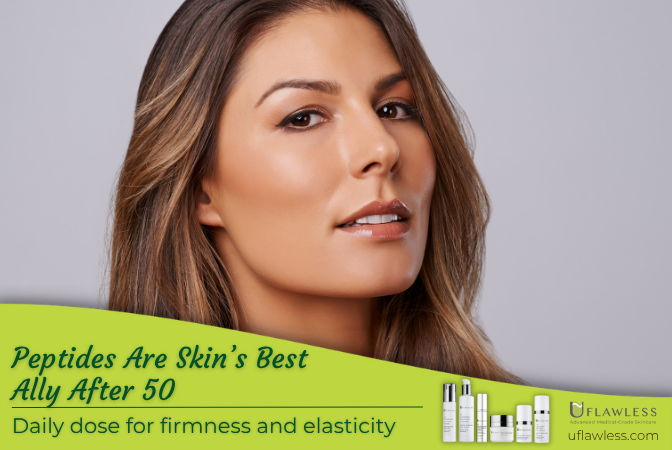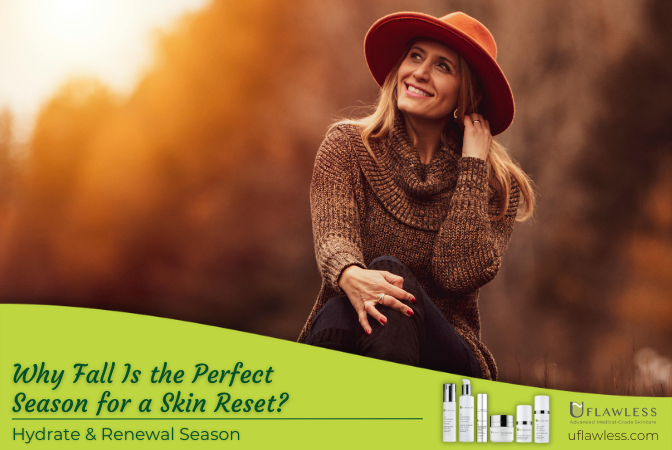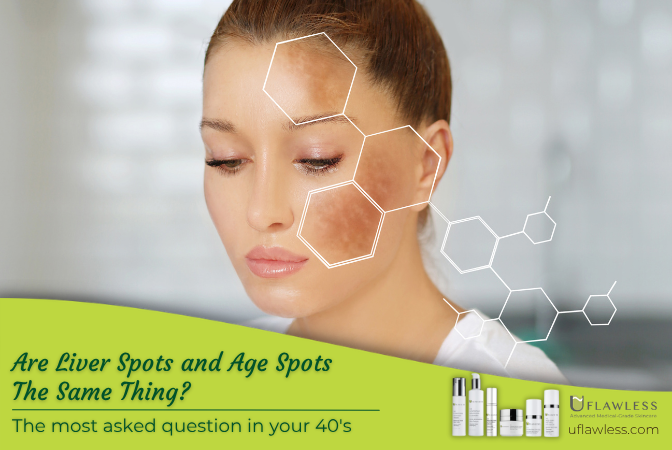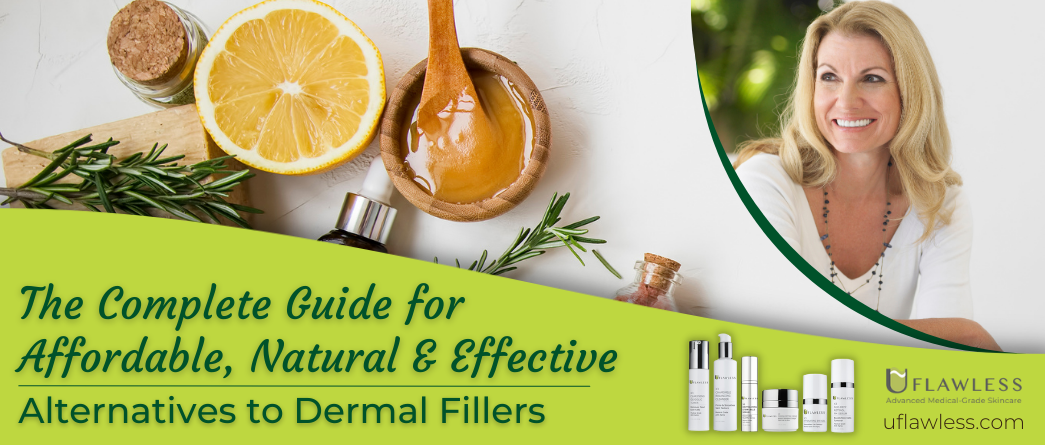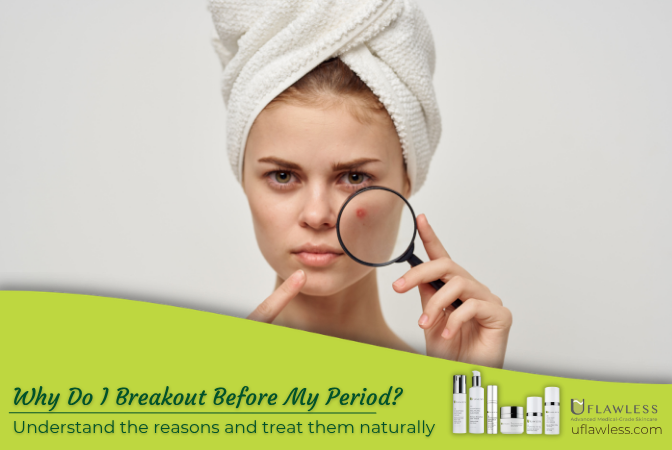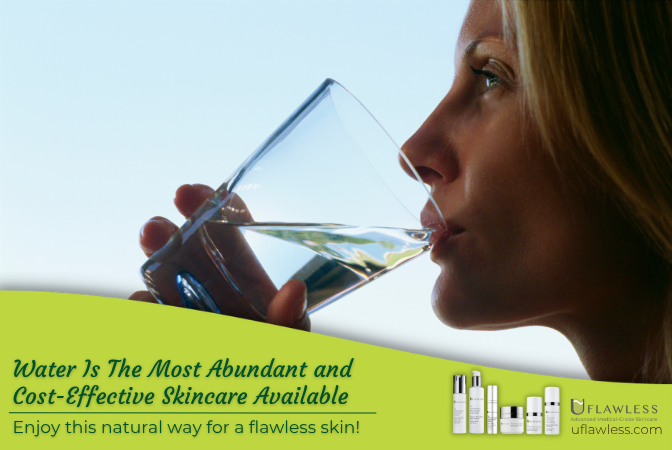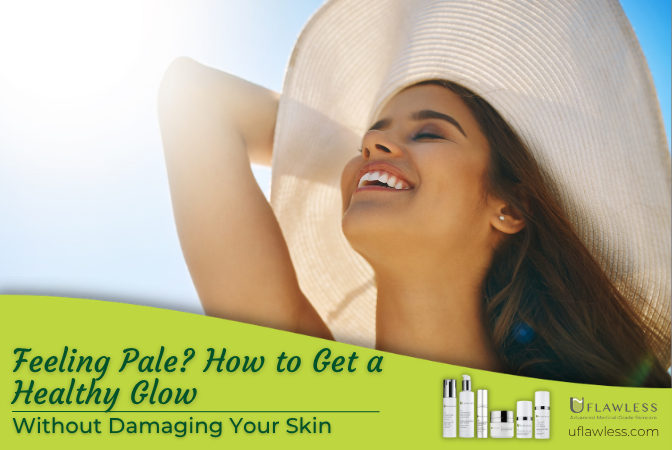
Feeling Pale? How to Get a Healthy Glow Without Damaging Your Skin
A friend from Oregon recently told me she felt pale and in need of sun. Having grown up in Miami, she was used to being tan year-round, spending weekends boating and enjoying the beach. Now, she misses that golden glow.
But here’s the thing, while a tan can look healthy, years of sunbathing can leave lasting damage.
My friend already had freckles on her back in her twenties, a clear sign of early overexposure to ultraviolet (UV) rays.
So, how do you get that sun-kissed look while protecting your skin for the long term? Let’s explore safe options.
The Sun: Friend and Foe
Sunlight is essential for our health, it helps our bodies produce vitamin D, which supports strong bones and a healthy immune system.
But too much exposure, especially without protection, increases the risk of skin cancer, premature aging, and discoloration.
Dermatologists agree: over 95% of skin cancers are linked to excessive sun exposure.
That’s why protecting your skin is critical.
Protecting Your Skin the Right Way
SPF numbers can be misleading.
They only measure protection against UVB rays, which cause sunburn.
The more dangerous UVA rays penetrate deeper, causing skin aging, dark spots, and increasing melanoma risk.
How to get true broad-spectrum protection:
-
Choose sunscreens with zinc oxide or titanium dioxide to block both UVA and UVB rays.
-
Apply generously and reapply every 2 hours when outdoors.
-
Use waterproof formulas for beach or pool days.
-
Read labels, sunscreens are regulated as OTC drugs, so active ingredients are listed first.
Extra tip for outdoor lovers: Consider laundry treatments that add sun protection to clothing, some can give up to SPF 30 for 20 washes.
Safe Ways to Add Color
1. Self-Tanners
Modern self-tanners have come a long way. They use dihydroxyacetone (DHA), which reacts with dead skin cells to create a natural-looking color without UV damage.
-
Single applications can last several days.
-
Gradual tanning lotions, like Jergens Natural Glow, add subtle color with daily use.
-
Available in formulas for face and body.
Self-tanner can also enhance the appearance of legs, making them look slimmer, like wearing heels, but more comfortable.
2. Tanning Beds: A Risk Not Worth Taking
Some claim tanning beds help produce vitamin D, but research suggests they also increase melanoma risk.
The safest route? Skip the beds and get vitamin D through brief, natural sun exposure or supplements.
How to Get Vitamin D Safely
Aim for short periods of sun exposure during low-UV hours:
-
Summer: Sunrise to 9 AM, or 5 PM to sunset.
-
Winter: Sunrise to 10 AM, or 4 PM to sunset.
-
Limit sessions to about 15 minutes for a healthy vitamin D boost.
For those living in northern states or during darker winter months, talk to your doctor about vitamin D supplements.
You don’t have to choose between looking healthy and protecting your skin.
With the right strategies—broad-spectrum sunscreen, self-tanners, protective clothing, and smart sun habits—you can enjoy a natural glow without the long-term risks.
Your skin is your body’s largest organ. Treat it with care, and you’ll stay radiant for years to come.
Stay safe, be well, and be UFlawless.



